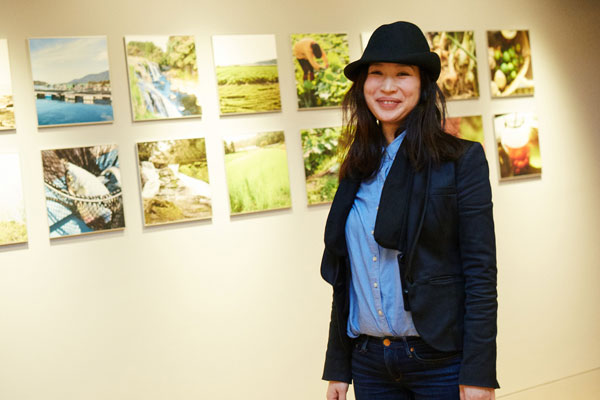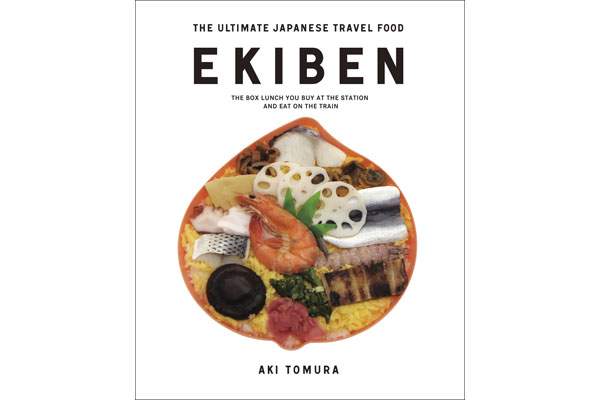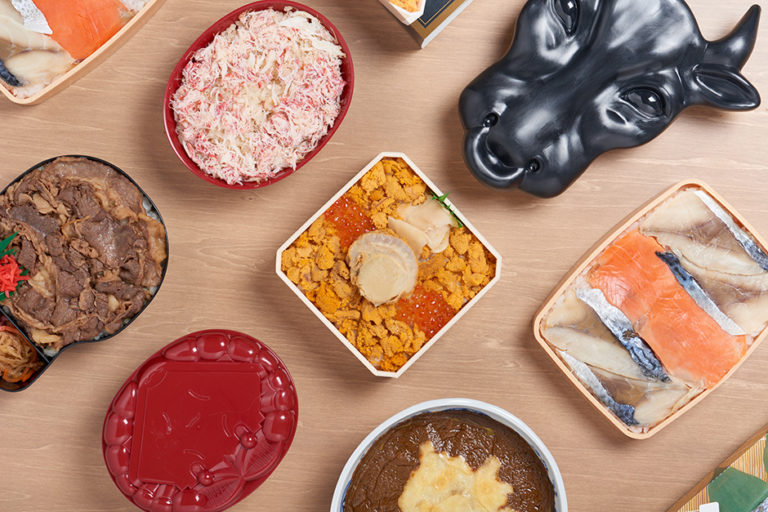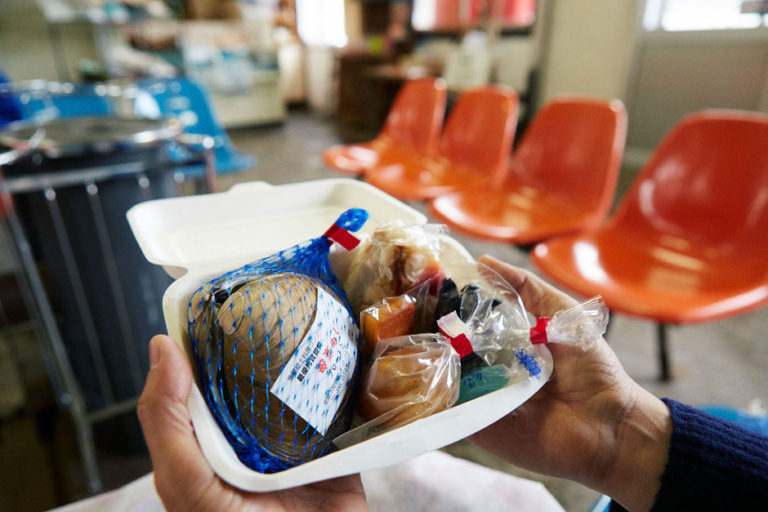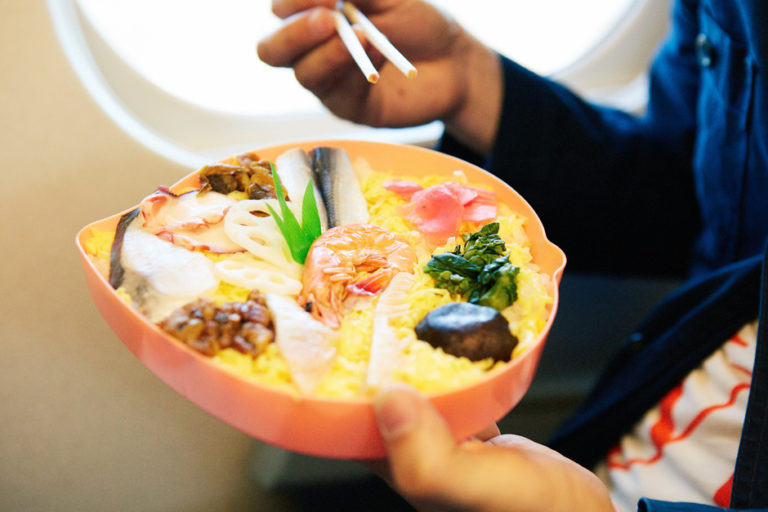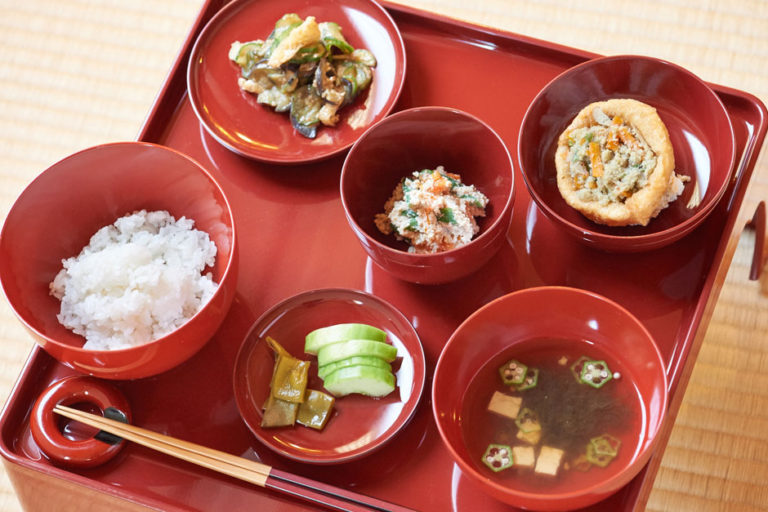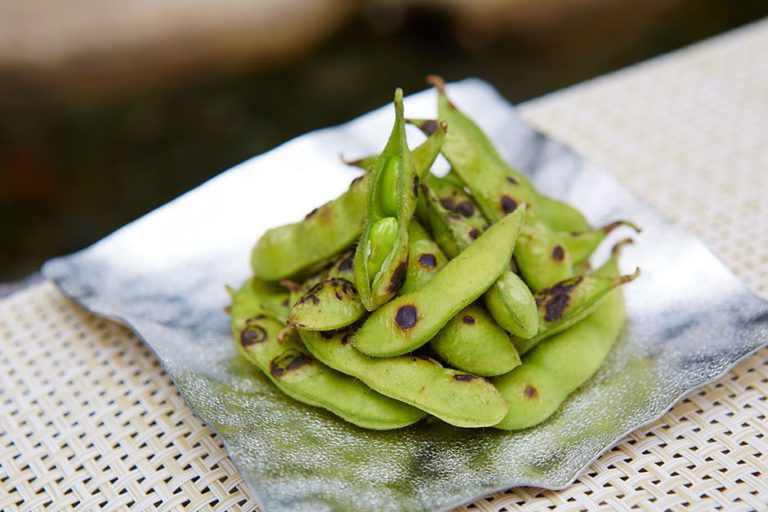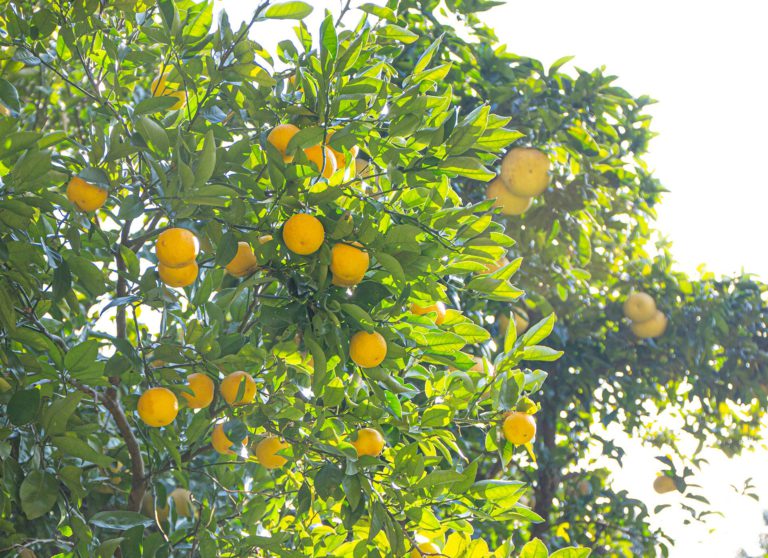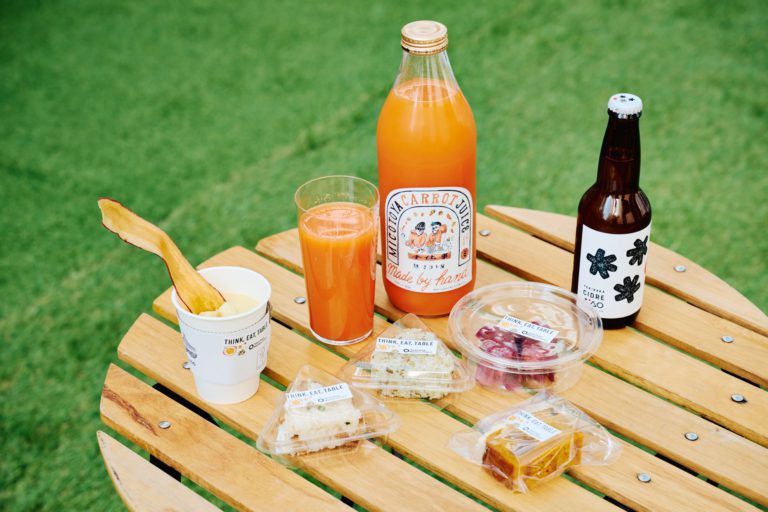Ekiben—the railway station boxed lunch that sustains a nation ―Creative Director Aki Tomura talks up the wonders of the ekiben
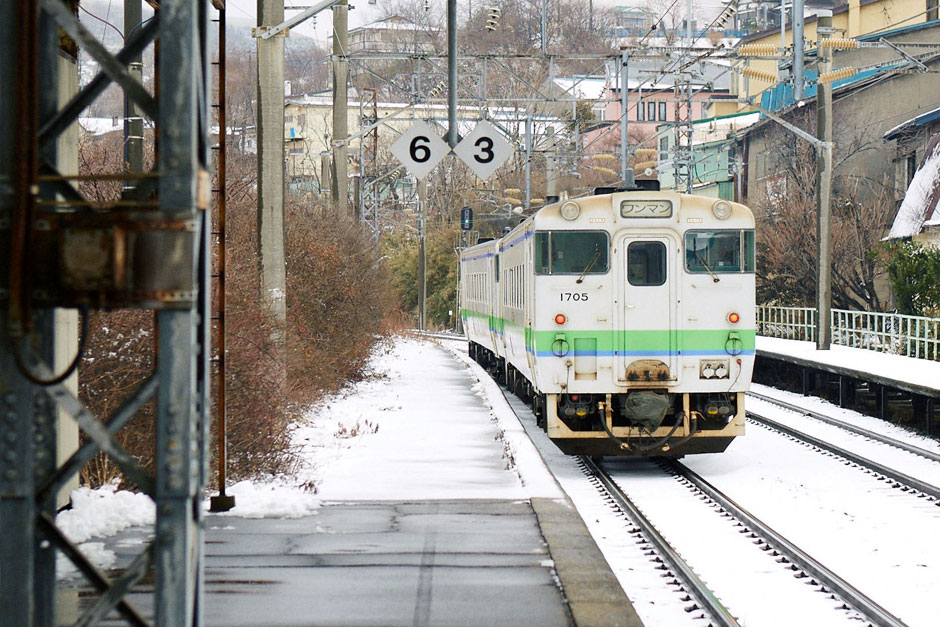
These legendary railway station lunchboxes are a feast for the eyes, featuring regularly changing produce in line with the seasons.
It’s the ultimate seasonal travel experience. A regional as well as seasonal phenomenon, the ekiben is one of the great delights of travel in Japan.
A leading writer is inspired by the Japanese ekiben
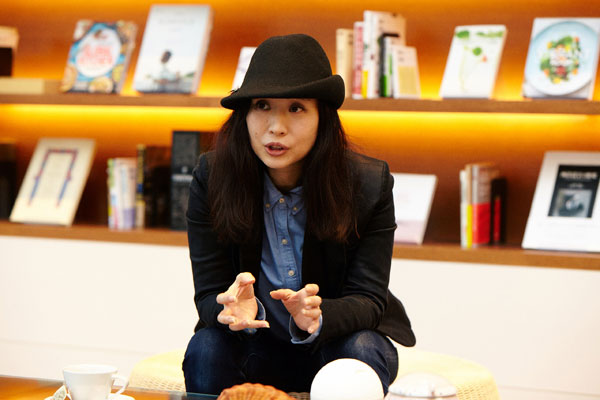
We spoke with creative director Aki Tomura about her new book EKIBEN: The Ultimate Japanese Travel Food, released in April 2015 through IBC Publishing. We wanted to find out what it was about the ekiben that had captured her imagination.
“I’m in branding and design, and my work often takes me to country areas. I was concerned to see that station buildings and shopping malls are becoming homogenized. They’re starting to lose the local flavor and sense of place that makes them interesting. And then I discovered something that still radiates local charm?the ekiben. The more I thought about it, the more I realized that the humble ekiben is a unique and important aspect of Japanese culture.”
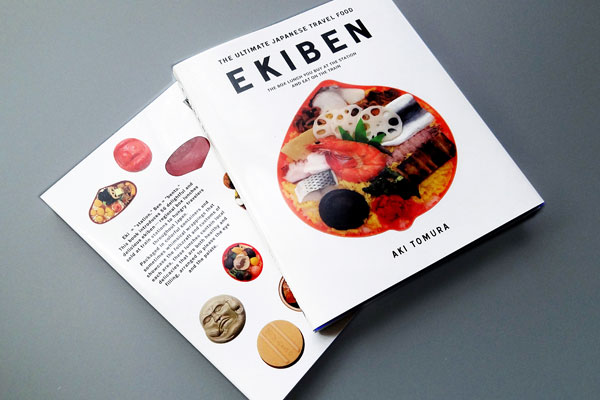
The epiphany inspired Tomura to travel more widely and investigate the ekiben phenomenon further.
And this in turn prompted her to write a book on how the ekiben showcases the finest aspects of local culture throughout Japan. The book is targeted primarily at non-Japanese, in the hope that it might inspire more visitors to Japan.
According to Tomura, who has traveled all over Japan researching ekiben offerings, there are three key drawcards.
1. Presentation
“You can see a real dedication to assembling local produce into a complete meal that is presented in an appealing way within the confines of the bento box,” says Tomura. Thus vegetables and mountain delicacies feature prominently in mountainous regions, while seafood is more common in coastal regions. The selection of ingredients, the techniques used to prepare and preserve the foods, even the packaging?each of these is an expression of the local traditions and practices.
2. Innovation
“The ekiben generally isn’t designed from a mass marketing perspective,” explains Tomura. “It’s more a direct reflection of local tastes. And you often find that they are made with a real sense of regional pride, which by definition you won’t find elsewhere because every region is different.”
Ekiben products are often produced by hand by cottage industry workshops, which means that local people are involved every step along the way, from product planning through to final design. The ekiben is born not from sophisticated manufacturing operations in the cities, but from the inspiring ideas of local people.
3. A souvenir
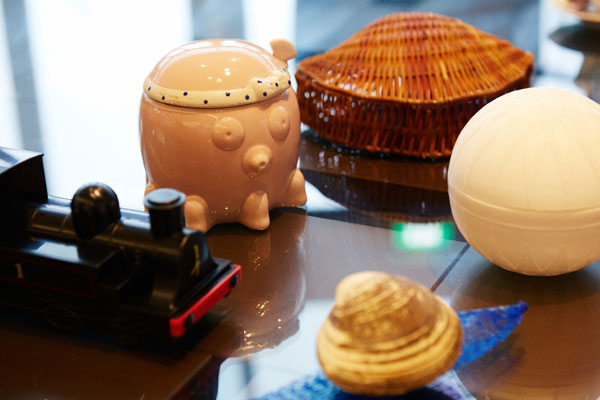
A great deal of thought goes into the ekiben box and the presentation of the contents. As Tomura points out, in the old days the bento box could be re-used for storage or as a money box. In this way, the ekiben also served as a souvenir, a lasting memento of the journey undertaken. Sadly, the traditional boxes are less common these days.
“When you pick up the box, your mind flashes back to the meal it once held, what you were looking at out the window, the people who you met on the train. Travel memories and food are closely intertwined, and I certainly hope that the spirit of the ekiben is transferred on to the next generation.”
Tomura has given an excellent account of the three main drawcards of the ekiben.
Next, we ask her to nominate some of her favorite ekiben from around Japan.
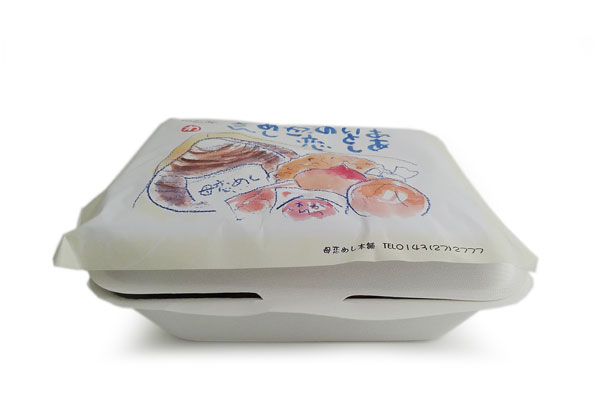
Bokoi-meshi (Bokoi-meshi (shop), Muroran, Hokkaido prefecture)
~Tomura says~
There are many places where you find various suppliers offering different variations on a traditional regional delicacy. But the Bokoi-meshi ekiben is truly without equal.
It features bivalves presented in their natural state, with no special processing or preparation. Because of that, you feel as if you’ve plucked them out of the sea yourself. It is a wonderful reminder of the vast expanses of natural wilderness in the region.
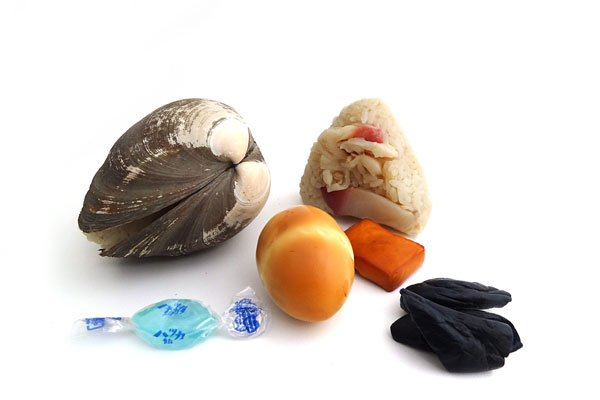
Bokoi-meshi is a handmade ekiben prepared by a husband and wife team. It’s a unique experience, as if you’ve been given a special treat by some friendly locals to enjoy on your journey home. And of course it tastes wonderful.
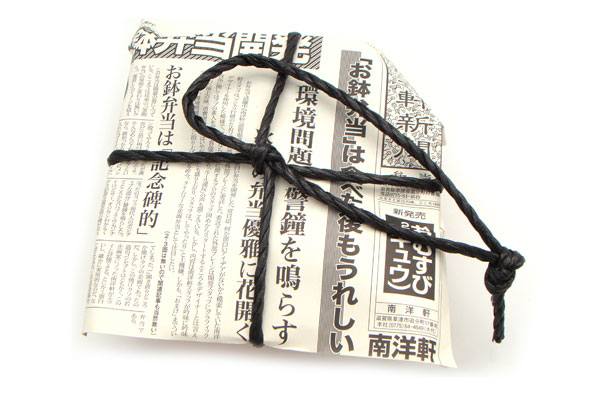
Ohachi-bento (Nanyoken, Kusatsu, Shiga prefecture)
~Tomura says~
The ohachi-bento, an ekiben presented in a flowerpot, which has long been a traditional industry of this particular region. You can actually take the pot home after you’ve finished and use it to plant something. In fact, the ekiben comes with some radish seeds to get you started. There’s a lovely symmetry when you eat a freshly picked radish that you grew in a bento box that you once ate from.
The ohachi-bento is wrapped in paper that is made up to look like a sheet of newspaper, but is actually printed with articles on the importance of caring for the environment.
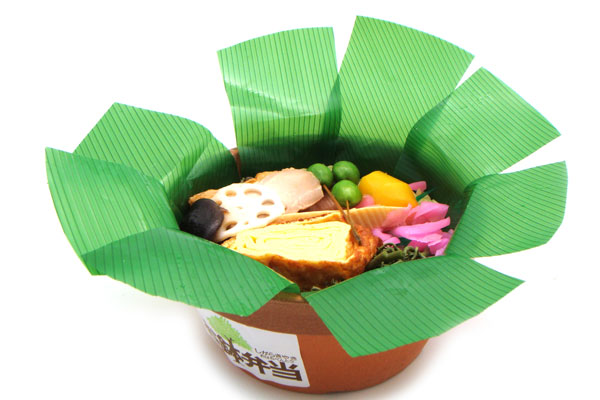
It’s a wonderful product that provides a complete experience in itself: a delicious meal for your journey that teaches you a little about local industry and products. And as you stop to consider the care and patience taken to put it all together, it makes you realize how we are all linked to what we eat, and to the environment.
Of course, there are countless other delicious ekiben just waiting to be discovered at railway stations around Japan. What better way to discover the regional delights of Japan than to travel to some of these places and try out their delicious ekiben for yourself? Tucking into a bento lunchbox purchased at the local railway station is a world away from fine dining in a sophisticated restaurant. Yet it is an enjoyable culinary experience nonetheless and one that is definitely worth a try.

